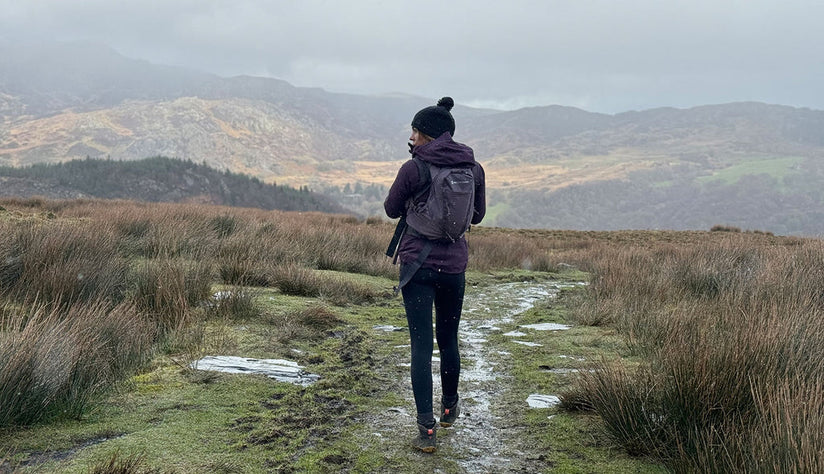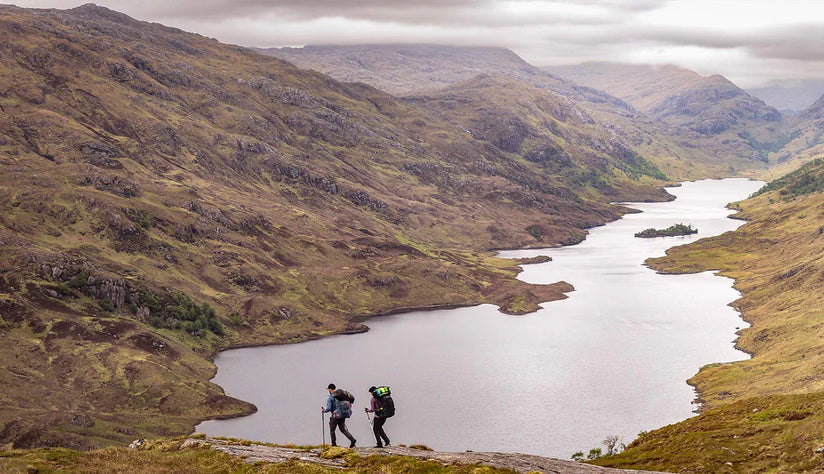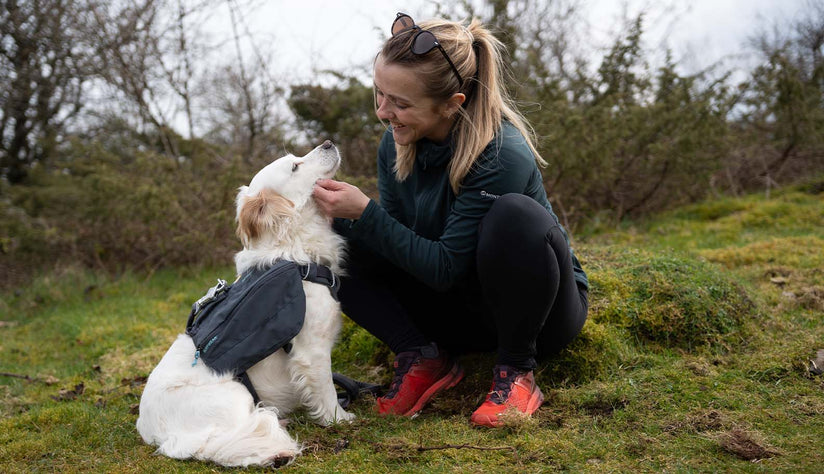In the depths of winter, temperatures in Canada’s Yukon Territory regularly reach -40 degrees celsius, with the lowest temperature ever recorded on the race, a chilling -57. This makes attempting the MYAU a serious undertaking, one only for the highly skilled expedition athletes out there. But even with years of experience it can be a daunting, challenging task to survive (and thrive) on the Yukon’s remote trails.
With the 2024 event in sight, we caught up with Robert Pollhammer, the founder of the MYAU. Discover more about this event, the unique challenges of the route and what it takes to cross the finish line in one of the coldest places on earth…
Where it all began
The roots of the MYAU come directly from Robert, who was inspired by an Alaska-based ultra run in which he was a competitor. When it was announced this race wouldn’t return, he set about plotting how to bring the world a similarly challenging experience.
Despite his German roots, Robert went to high school in Prince Edward Island and has a strong affinity with Canada. For those unfamiliar, the Yukon is the country’s westernmost territory. It’s a wild, remote region so sparsely populated. It’s population of approximately 42,900 is outnumbered by its moose inhabitants (there are around 70,000 for anyone wondering!).
Having local connections in the area he knew about the Yukon Quest Dog Sled race, a 1000-mile trail that snakes through this remote region every year. What better trail to utilise? With an idea in place, in 2003 Robert launched the first ever MYAU. The stage was set to see if human power could follow in the tracks of the famous dog sleds…
“The Yukon Quest is considered the toughest dog sled race due to the environment. Traditionally temperatures are colder here than in Alaska, it makes it the perfect place to really challenge people.” Robert Pollhammer, MYAU race founder
Yukon: Then and now
Back in the early days, there were just 2 races to compete in: just the 100-mile and 300-mile challenges. Each needed to be completed within a certain timeframe. The Yukon being so remote meant that there was hardly any internet either.
As internet became available, additional technology has helped enhance the race experience. This notably has seen the introduction of live trackers. The Yukon was in fact one of the first races to utilise these nifty gadgets and paved the way for a new era of ultra run exposure. Anyone familiar with the UK’s legendary Spine race will know how addictive ‘dot watching’ can become! Not only did the trackers make the race more interactive, they also provided an invaluable way to improve the racers safety en route.
As the race gained in popularity and rightly earned its reputation as ‘one of the toughest ultras in the world’, more race options have been added. This includes a shorter marathon and an even longer 430-mile route, which takes place every other year.
The Yukon race highlights
Racers taking part have a choice between 3 disciplines: by foot, bike or skis. Each route goes in the same direction, and is marked by wooden sticks. Alongside the brutal Yukon elements, the non-stop nature of the race makes it a particularly challenging one.
Checkpoints along the way help racers refuel and to get some respite from the elements. These vary massively, with some just consisting of MYAU crew and their tents in the middle of nowhere. Participants will also find community centres and even a highway restaurant selling the world’s largest cinnamon buns (Braeburn sits at the 100-mile marker and is always a hit!). For runners on the 300 or 430-mile routes, there’s a particular checkpoint that stands out: Pelly farm, hosted by the Bradley family. Here athletes are brought right into the Bradley living room and receive the full care package, including the famous Pelly lasagne.
In between these places of refuge, the Yukon’s remote lakes, rivers and undulating landscapes cannot fail to humble those traversing through. In the winter, the whole region is usually covered in snow. In fact this year the Yukon has seen unprecedented levels of snowfall, experiencing ‘the snowiest December since 1980’. This will bring plenty of additional challenges for the 2023 racers. They will need to be vigilant and cautious of overflow (flowing water on top of ice that can often be covered in snow) that could ultimately make them wet. Not something you want to experience when temperatures are so low.
Alongside the famous Yukon river itself, which when iced up is a stunning sight to behold, Chain Lakes is an especially beautiful place the trail passes by. However when the wind blows, it can become a challenging section, as the trail becomes hardly visible. Another section that participants find mentally difficult is a seemingly never-ending tree-lined stretch known as ‘the tree tunnel’, found in the first 100 miles.
“There are large areas where there have been forest fires, quite a common occurrence in the Yukon. They can take decades to replenish. Travelling through these areas alone can feel quite spooky, a bit like walking on the moon.”
Essential preparation for the Yukon
This is a race that athletes train well over a year for.. It requires not only expedition knowledge, but incredible mental strength. Cold injuries are a real danger (frostbite and hypothermia) and the Yukon team are on hand to help racers try and avoid these.
Due to the extreme conditions faced, ahead of the race, anyone lacking experience with extremely cold temperatures takes on a 4-day training course. This involves learning all the essential skills needed, ranging from: how to build a wood fire and handle a stove in cold conditions to basic kit repairs. Racers will also be briefed on how to pack and organise their sleigh for ease of access to their essential items. Ultimately participants have to be prepared to survive outside. Having a sleeping system is essential. This generally includes: an expedition style sleeping bag (essentially the warmest sleeping bag on the market), including a liner for this, a winter expedition mat, and either a bivvy bag or a tent.
Over the years, racers have come from all over the world to take on the Yukon, but mainly from the UK and Canada. There have been so many inspiring stories - watch this video below to see some of them in action! One notable shout out goes to Enrico Ghidoni who was the first athlete to complete the 430-mile race in all 3 disciplines (by foot, bike and skis). One year a local Yukon inhabitant also decided to take on the 100-miler, having never done anything like this before (or since!). He managed to do it in a record time that still stands today.
“These are people who are not afraid of the cold and who are prepared to suffer, because they know it will make them stronger! There’s a reason you see more people participating in warmer desert races, the cold brings so many challenging elements that puts a lot of people off.”
Feeling inspired? The Montane Yukon Arctic Ultra kicks off on the 04 February. Head to our dedicated event page to find out more and to track the racer's progress.















